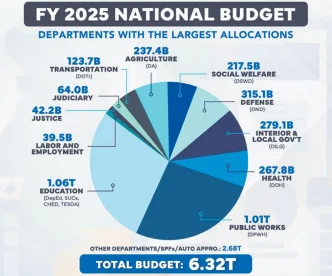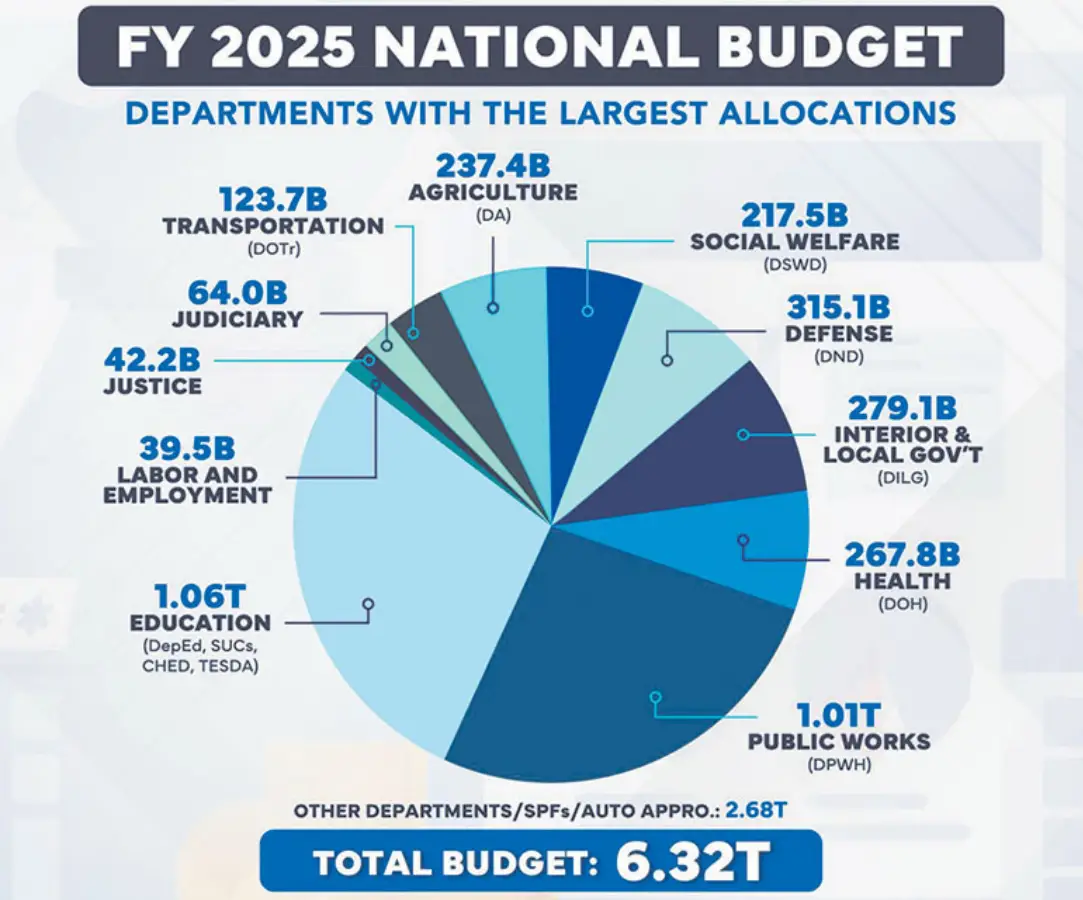Manila – The Philippine economy stands at a pivotal moment, caught between the pressures of global megatrends and the promise of domestic resilience. In a recent keynote address at the BusinessWorld Economic Forum, Arsenio M. Balisacan, Secretary of the Department of Economy, Planning, and Development (DepDev), painted a picture of a nation facing formidable challenges—geopolitical tensions, technological disruptions, and climate risks—while holding immense potential for transformative growth. His remarks underscore a critical juncture for the Southeast Asian nation as it seeks to redefine its economic trajectory.
Global Headwinds and Local Realities
The global economic landscape is increasingly turbulent, with geopolitical tensions reshaping supply chains and fostering a resurgence of protectionism. Balisacan highlighted how these shifts are weakening multilateral cooperation, creating uncertainty for countries like the Philippines that rely heavily on international trade. At the same time, the rapid rise of artificial intelligence (AI) is transforming industries, offering opportunities for innovation but also posing risks of job displacement, privacy concerns, and ethical dilemmas surrounding bias and disinformation.
Climate change, described by Balisacan as an “existential threat,” adds another layer of complexity. The Philippines, an archipelago nation highly vulnerable to typhoons and rising sea levels, faces compounding economic risks from environmental degradation. Meanwhile, demographic shifts—both globally with aging populations and locally with a burgeoning working-age cohort—present a dual-edged sword of opportunity and challenge. These megatrends, far from being abstract concerns, are actively shaping the context in which Philippine policymakers must operate.
Yet, amid these headwinds, the country has shown remarkable resilience. Over the past two decades, economic growth has remained robust, poverty rates have declined, and macroeconomic fundamentals have stabilized. Inflation is now within target ranges, investor confidence is on the rise, and the labor market continues to strengthen. These achievements provide a foundation, but as Balisacan emphasized, they are not enough to ensure long-term prosperity. The Philippines must evolve its growth model to meet the demands of a rapidly changing world.
Reimagining Economic Growth
Historically, the Philippine economy has relied on household consumption and the services sector as primary drivers of growth. While these have sustained progress, Balisacan argued for a broader foundation. Attracting more investments, creating higher-quality jobs, and moving up the value chain in both industry and services are critical steps. Expanding the export base, particularly in high-value sectors, is equally important to reduce reliance on domestic consumption alone.
Productivity remains a key concern, especially in lagging sectors like agriculture and small-to-medium enterprises (SMEs). Technological adoption, improved infrastructure, and effective governance are essential to closing these gaps. For instance, modernizing agricultural practices through digital tools and better access to markets could unlock significant economic potential in rural areas, where a large portion of the population still depends on farming for livelihoods.
To achieve this transformation, Balisacan called for deliberate and forward-looking policies. Reducing business transaction costs is a priority, which involves streamlining regulatory processes, accelerating the digitalization of public services, and tackling inefficiencies and corruption. Creating a competitive environment through reforms in sectors like electricity, water, ports, civil aviation, and internet connectivity is also crucial. High operational costs and outdated infrastructure have long hindered Filipino businesses, stifling innovation and driving up prices for consumers.
Investing in Human Capital
At the core of the Philippines’ economic evolution lies its people. Balisacan stressed the urgent need to address human capital gaps, starting with improvements in health and education outcomes. Lifelong learning programs and stronger linkages between the education system and labor market needs are vital to prepare the workforce for emerging industries, particularly those driven by technology and AI.
Innovation must be nurtured not only in large enterprises but also among micro, small, and medium enterprises, which form the backbone of the economy. Forging stronger ties among government, academia, and industry can help drive this agenda, as can leveraging the expertise of the Filipino diaspora—a global network of scientists, engineers, and entrepreneurs whose skills could catalyze domestic development.
The urgency of these priorities is amplified by a looming window of demographic opportunity. Between 2025 and 2035, the Philippines’ working-age population is projected to grow faster than its dependents, offering a potential “demographic dividend.” If harnessed through job creation, productivity gains, and inclusive economic participation, this could be a powerful driver of growth. However, with an aging population also on the rise, the window is narrow. Failure to act decisively risks squandering this advantage, leaving future generations to bear the cost.
Fiscal Constraints and Strategic Spending
Ambitious reforms require resources, but the Philippines faces significant fiscal constraints. Heavy borrowing during the COVID-19 pandemic, coupled with ongoing structural demands, has limited the government’s financial flexibility. Balisacan urged a strategic approach to public spending, prioritizing areas with the greatest impact: quality healthcare, education, food security, and infrastructure that boosts productivity and inclusion.
Efficiency in public expenditure is paramount. Programs must be grounded in evidence and deliver measurable results, ensuring that every peso in the national budget is allocated effectively. Coordination between the executive branch and Congress is also critical to align budget and revenue measures with the President’s development priorities, avoiding missteps that could derail long-term goals.
While fiscal space is tight, Balisacan sees the current global turbulence as a strategic moment for the Philippines to position itself as a regional leader. By addressing structural inefficiencies and investing in human capital, the country can turn challenges into opportunities, ensuring that economic growth translates into equity and opportunity for all Filipinos.
A Call for Vision and Unity
Balisacan’s address was not just a diagnosis of the challenges facing the Philippines but a call to action. The choices made in the coming years will resonate for generations, determining whether the country can seize its moment on the global stage. With geopolitical tensions, technological disruptions, and climate risks intensifying, the stakes could not be higher.
Yet, there is reason for optimism. The Philippines has a track record of resilience and adaptability, underpinned by sound economic fundamentals and a dynamic population. If policymakers, businesses, and citizens unite with vision and resolve, the country can chart a path toward a more competitive, inclusive, and sustainable future.
As the Philippines navigates this crossroads, questions remain about how quickly reforms can be implemented and whether political will can match the scale of ambition. For now, the nation stands poised to redefine its place in a rapidly changing world—a challenge that, if met, could shape a future every Filipino deserves.
















